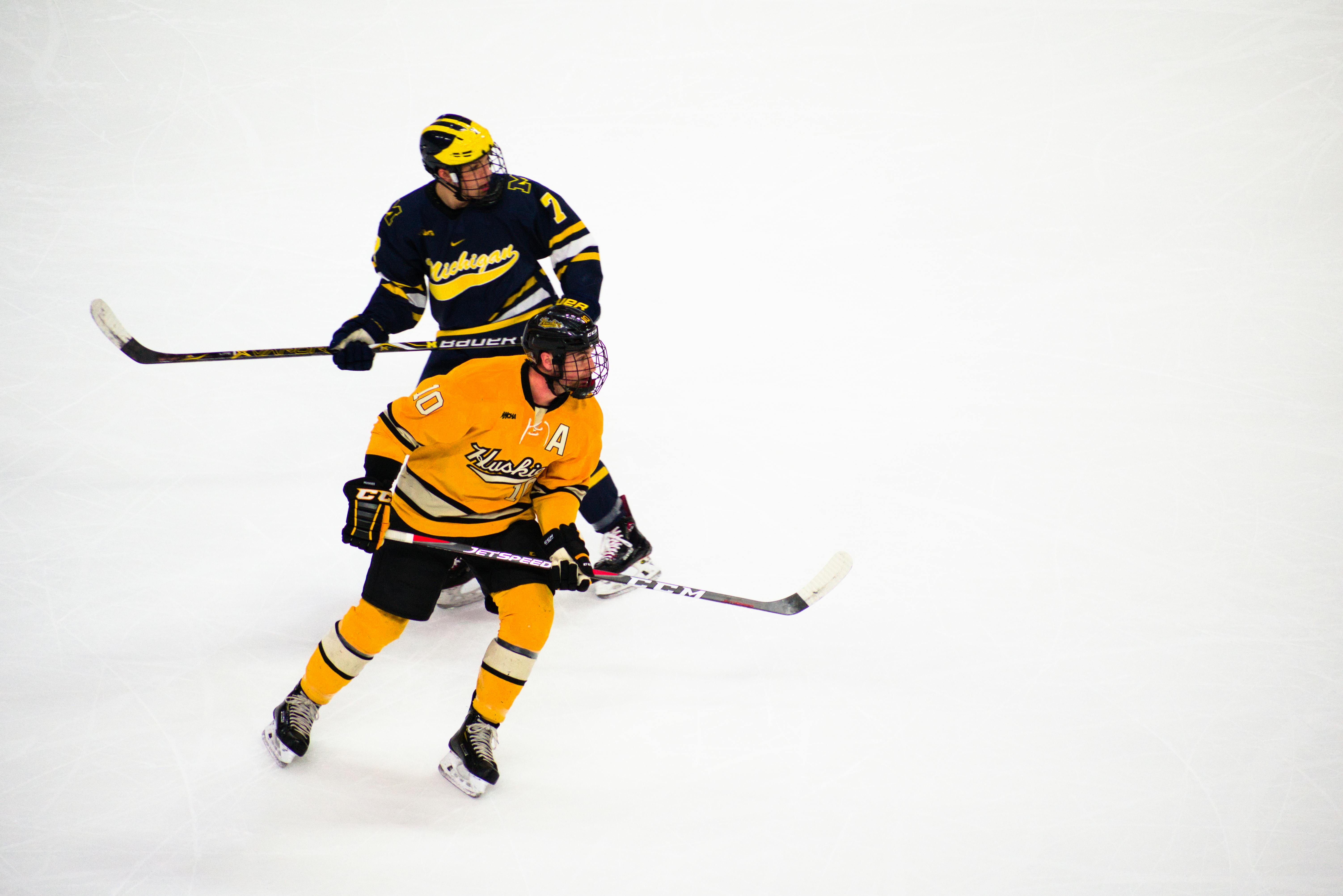Breaking the Ice: The Intricacies of Ice Hockey Training
Ice hockey is an exhilarating sport that thrives on a combination of speed, skill, and physical strength. It presents a unique blend of athletic challenges, requiring players to be proficient in various facets of the sport. This article aims to delve deep into the world of ice hockey training, shedding light on the comprehensive methodologies, the physiological demands, and the ever-evolving strategies employed by athlete and coaches.

Delving into the History of Ice Hockey Training
Ice hockey training methods have evolved over the years, paralleling the sport’s overall growth and development. In the early years, training primarily involved practicing essential game skills such as skating, shooting, and passing. Physical conditioning was often neglected, as the emphasis was predominantly on skill development. However, as the sport evolved into a more physical and fast-paced game, the importance of conditioning became apparent.
Training methods began to incorporate strength and conditioning exercises, cardiovascular endurance, flexibility training, and mental toughness. In the modern era, ice hockey training has become a holistic practice, incorporating sport science and advanced training methodologies to optimize player performance.
The Modern Ice Hockey Training Landscape
In the contemporary scene, ice hockey training has adopted a multi-faceted approach. It’s a delicate balance of on-ice skill training, off-ice conditioning, mental preparation, and recovery strategies.
On-ice training primarily focuses on improving essential hockey skills such as skating, puck handling, shooting, and tactical understanding of the game. Off-ice training, on the other hand, aims to enhance player’s physical attributes, including strength, power, speed, endurance, and flexibility.
Mental preparation is also a crucial part of ice hockey training. Ice hockey is a high-pressure sport, and the ability to maintain composure and make quick decisions is essential for success. Mental preparation strategies involve psychological techniques such as visualization, mindfulness, and cognitive-behavioral strategies.
Unveiling the Benefits and Challenges
The comprehensive nature of ice hockey training brings numerous benefits. It fosters player development, improves performance, reduces injury risk, and promotes longevity in the sport.
However, the multifaceted nature of ice hockey training also presents unique challenges. It requires a significant time commitment and a high level of discipline from the athletes. Furthermore, designing an effective training program that balances all the necessary elements without causing overtraining can be a complex task for coaches.
Ice Hockey Training: A Real-World Application
In the real-world scenario, ice hockey training programs are tailored to meet individual player’s needs. For instance, a forward player’s training program may emphasize speed, agility, and shooting skills, while a defenseman’s program might focus more on strength, power, and defensive tactics.
Goalies require a different training approach altogether. Their training programs often focus on flexibility, quick reflexes, and specific skills like blocking and saving shots.
Ice Hockey Training: Backed by Research
Research has played a significant role in shaping modern ice hockey training methodologies. Studies have shown the effectiveness of strength and conditioning programs in improving on-ice performance and reducing injury risk. Research has also highlighted the importance of mental preparation in enhancing performance under pressure.
In conclusion, ice hockey training offers an intriguing case study of the complexity and evolution of sports training methodologies. It is a testament to the sport’s dynamic nature and the relentless pursuit of excellence by athletes and coaches.




